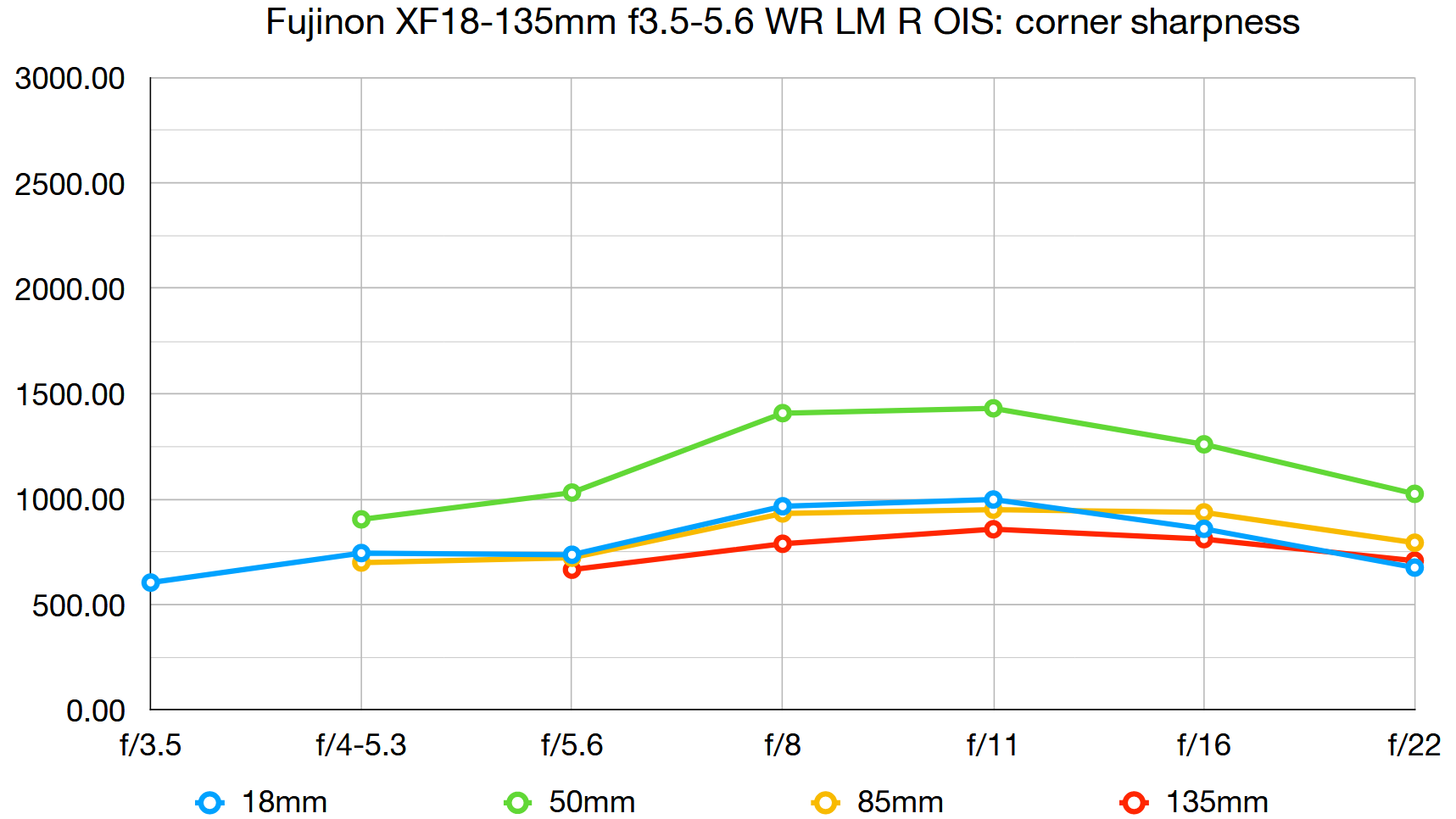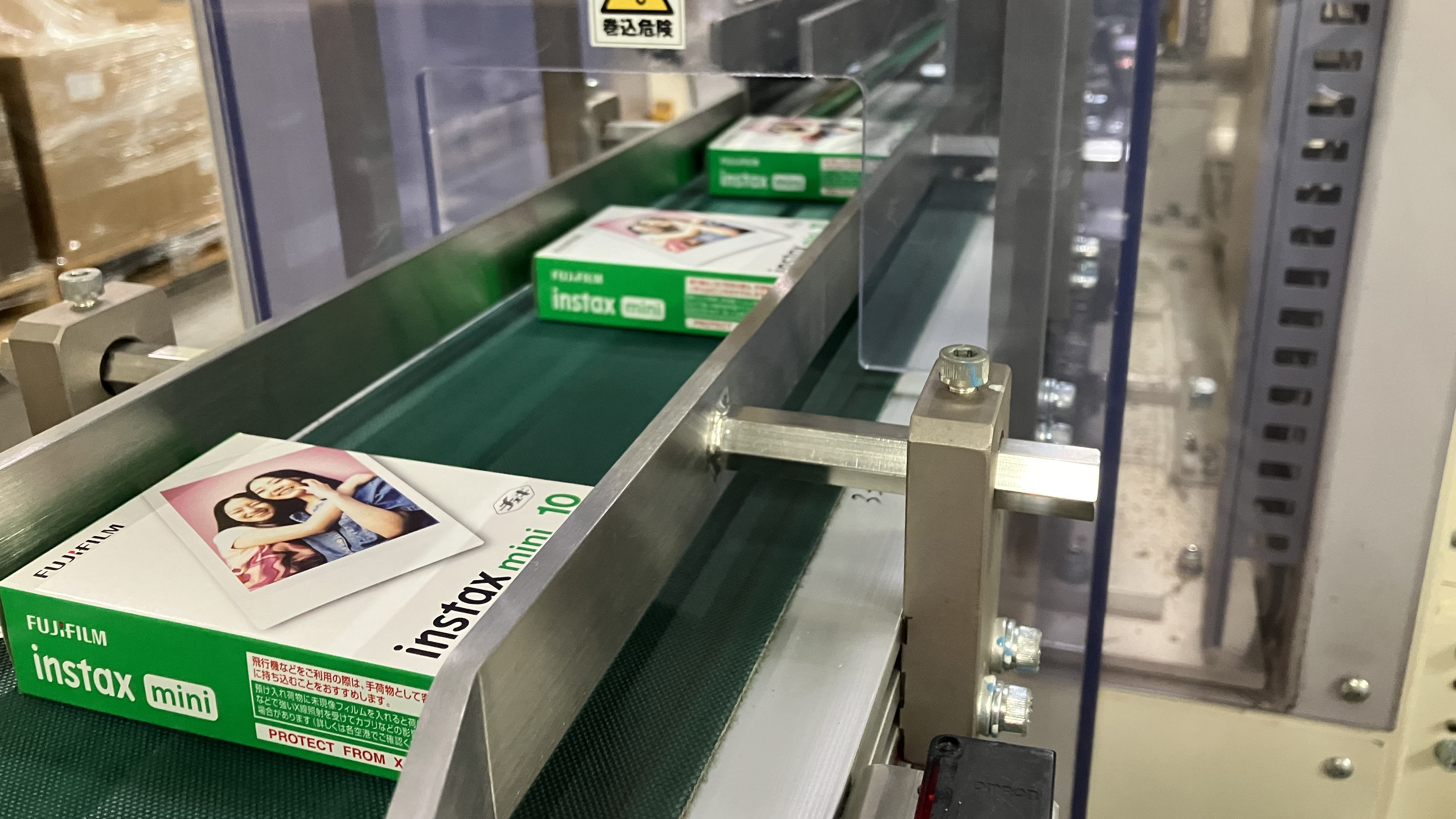Digital Camera World Verdict
This Fujifilm X-mount superzoom has excellent build quality and refined handling characteristics. It makes an ideal travel lens for X-mount mirrorless cameras, being fairly compact and lightweight yet offering a sizeable zoom range. However, it’s pretty pricey to buy, has a relatively limited zoom range compared with many recent ‘superzoom’ lenses and certainly isn’t the sharpest tool in the Fujinon box.
Pros
- +
Tough weather-sealed build
- +
Optical image stabilizer
- +
Good handling characteristics
Cons
- -
Sharpness could be better
- -
Modest zoom range for a superzoom
- -
Pretty pricey
Why you can trust Digital Camera World
The Fujinon XF18-135mm f3.5-5.6 WR LM R OIS is eminently suitable as a travel lens. It’s compact and lightweight but sturdily built with a comprehensive set of weather-seals. Build quality feels excellent in all respects and, as an ‘R’ lens, it features a physical aperture ring. The 7.5x zoom range is modest for a superzoom lens, equating to 27-206mm in full-frame terms. Suffice it to say that wide-angle coverage and telephoto reach aren’t overly generous.
Specifications
Mount: Fujifilm X
Full frame: No
Autofocus: Yes
Image stabilisation: Yes
Lens construction: 16 elements in 12 groups
Angle of view: 76.5-12 degrees
Diaphragm blades: 7
Minimum aperture: f/22
Minimum focusing distance: 0.45m
Maximum magnification ratio: 0.27x
Filter size: 67mm
Dimensions: 76x98mm
Weight: 490g
Key features

There are some appealing features packed into this compact lens. Autofocus is driven by a linear stepping motor which is fast for stills and delivers smooth, near-silent focus transitions when shooting movies. There’s also a highly effective 5-stop optical image stabilizer, helping to keep camera-shake at bay. This is naturally a bonus when you’re travelling light and don’t want to lug a tripod around with you.
Quality glass includes four aspherical elements and two ED (Extra-low Dispersion) elements. All 16 elements in the optical line-up are treated with HT-EBC (High Transmittance Electron Beam Coating), with the aim of boosting contrast and color accuracy, while minimizing ghosting and flare. A dedicated aperture ring is on hand for controlling the reasonably well-rounded 7-blade diaphragm.
Performance
Despite the relatively limited zoom range, sharpness is only good in the central region of the frame and, even here, it drops off disappointingly at the long end. Sharpness towards the edges and corners of the frame are lackluster at all zoom settings. Color fringing and distortions are relatively low, helped by in-camera firmware corrections.
Lab results
We run a range of lab tests under controlled conditions, using the Imatest Master testing suite. Photos of test charts are taken across the range of apertures and zooms (where available), then analyzed for sharpness, distortion and chromatic aberrations.
We use Imatest SFR (spatial frequency response) charts and analysis software to plot lens resolution at the center of the image frame, corners and mid-point distances, across the range of aperture settings and, with zoom lenses, at four different focal lengths. The tests also measure distortion and color fringing (chromatic aberration).
Sharpness:
Centre-sharpness drops off at the long end of the zoom range and edge/corner-sharpness is fairly mediocre throughout.
Fringing:
The firmware of Fujifilm X-series cameras automatically corrects fringing, even in raw files. The net result is that it’s very minimal at all focal lengths and aperture settings.
Distortion:
The best camera deals, reviews, product advice, and unmissable photography news, direct to your inbox!
Thanks to in-camera corrections, there’s very little distortion at any focal length, and only marginal barrel at 18mm.

Verdict
This Fujifilm X-mount superzoom has excellent build quality and refined handling characteristics. It makes an ideal travel lens for X-mount mirrorless cameras, being fairly compact and lightweight yet offering a sizeable zoom range. However, it’s pretty pricey to buy, has a relatively limited zoom range compared with many recent ‘superzoom’ lenses and certainly isn’t the sharpest tool in the Fujinon box.
Read more:
• Best camera lenses to get
• Best Canon lenses
• Best Nikon lenses
• Best Sony lenses
Matthew Richards is a photographer and journalist who has spent years using and reviewing all manner of photo gear. He is Digital Camera World's principal lens reviewer – and has tested more primes and zooms than most people have had hot dinners!
His expertise with equipment doesn’t end there, though. He is also an encyclopedia when it comes to all manner of cameras, camera holsters and bags, flashguns, tripods and heads, printers, papers and inks, and just about anything imaging-related.
In an earlier life he was a broadcast engineer at the BBC, as well as a former editor of PC Guide.






